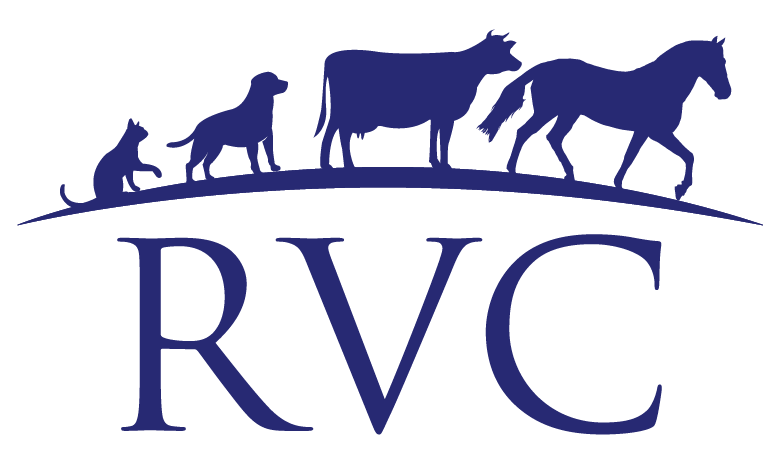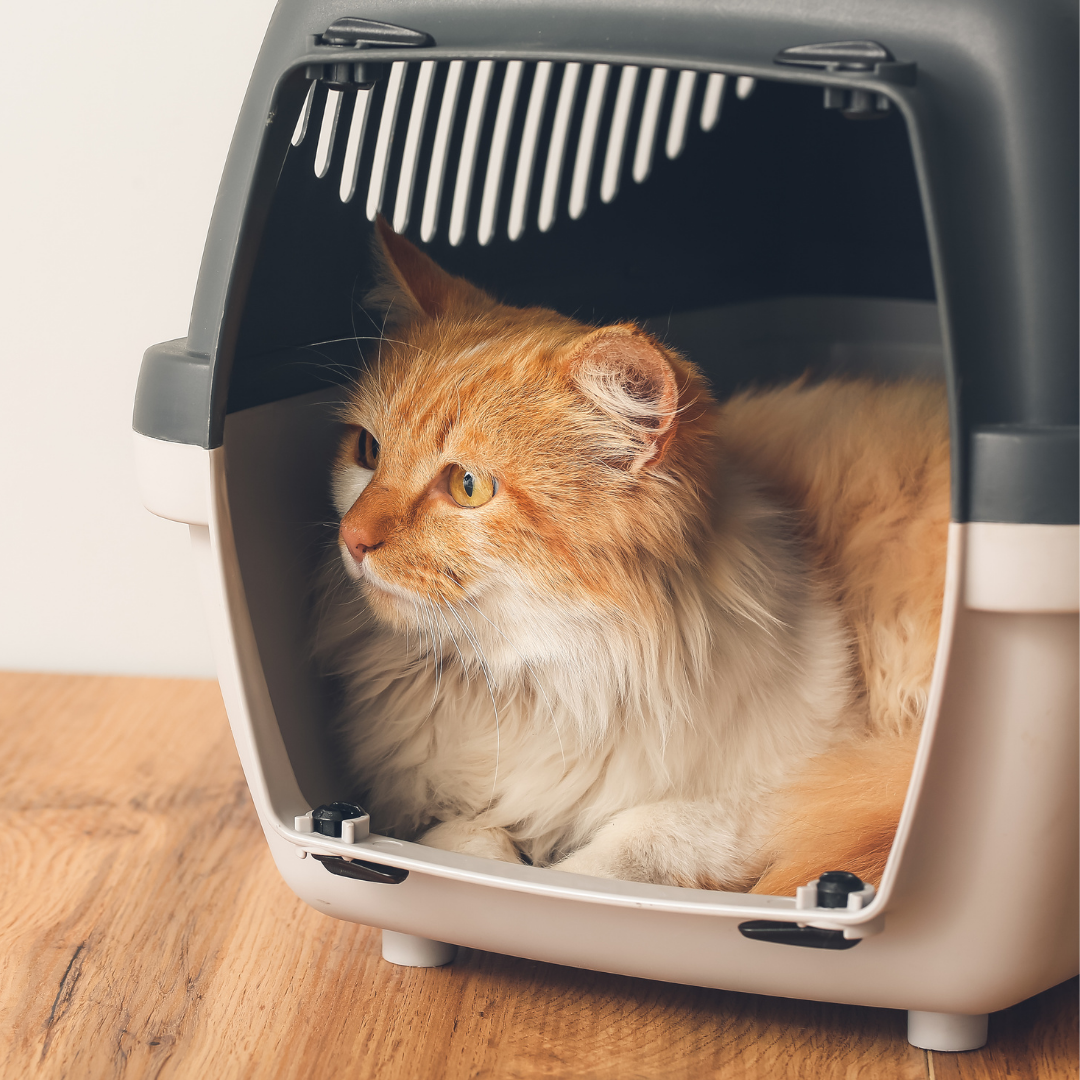Chronic Kidney Disease
Chronic Kidney Disease (CKD) is the name now used to refer to kidney failure (or chronic kidney failure) in cats.
What is the normal role of the kidneys?
Like all mammals, cats have two kidneys located in the abdomen, which perform the following important roles:
Removing toxins from the blood
Maintaining water balance
Maintaining salt balance (and other electrolytes)
Maintaining the acid balance of the body
Maintaining normal blood pressure
Producing hormones
Blood is constantly filtered through the kidneys to remove the toxic waste products of the body’s metabolism. Urine is produced in this process. The kidneys also concentrate the urine by returning water to the body, preventing dehydration.
What causes CKD?
CKD occurs where there is long-standing, irreversible damage to the kidneys that impairs their ability to function. Some causes include:
Inherited disease
Bacterial infections
Toxins - certain toxins and drugs can damage the kidneys
Glomerulonephritis – an inflammatory disease
Tumors – eg, lymphoma (a solid tumor of white blood cells)
Trauma
In most cases, though, a specific cause cannot be identified.
How common is CKD?
CKD can be seen in cats of any age, but it is most commonly seen in middle to old-aged cats (those over 7 years). It has been estimated that around 20-50% of cats over 15 years of age will have some degree of CKD present. It is seen more frequently in cats than in dogs.
Clinical symptoms of CKD do not occur until around two thirds to three quarters of the total functioning kidney tissue (of both kidneys) are lost.
What are the signs of CKD?
Symptoms may include:
Weight loss
Poor appetite (inappetence)
Lethargy
Increased thirst (polydipsia)
Increased urination (polyuria)
Poor coat quality
Vomiting
Bad-smelling breath (halitosis)
Weakness
How is CKD diagnosed?
A diagnosis of CKD is usually made by collection of blood and urine samples.
Three substances in the blood – urea, creatinine and SDMA (symmetric dimethylarginine)– are commonly elevated, and the urine is poorly-concentrated.
Sometimes other investigations such as X-rays, ultrasound or even biopsies may be needed.
How is CKD managed?
If a specific cause for the CKD is identified (eg, bacterial infection of the kidneys), treatment may be possible to arrest the progression of the disease.
In most cases though, treatment is symptomatic and supportive.
Some cats may require initial intravenous fluid therapy to correct dehydration and electrolyte abnormalities, but once stable, treatment is aimed at supporting kidney function and minimising the complications of CKD.
Optimal management of kidney disease usually requires monitoring at regular intervals to follow the progression of the disease and identify treatable complications as they arise. At RVC, we use the IRIS* Renal Staging Guidelines.
Factors monitored under this system are:
Serum Creatinine and SDMA – these levels place the cat in Stages 1-4 of CKD
Blood pressure
Urine protein-creatinine ratio – a measure of protein loss through the kidneys
Red blood cell count
Serum potassium
Serum phosphate
Dietary management is critical in cats with CKD, and there are three main aspects to this:
1. Protein Content
An ideal diet for a cat with renal failure has a restricted and highly-digested protein content, as many of the toxic products that accumulate in the blood in CKD are a result of protein breakdown. The cat will feel better when protein content is correct.
2. Low phosphate content
Restricting the phosphate content of the diet appears very beneficial in protecting the kidneys from further damage in cats with CKD, so this will help prolong the life of cats with CKD.
3. Water intake
Cats with CKD are more likely to become dehydrated (due to the reduced ability of the kidneys to conserve water). Maintaining a good fluid intake is therefore very important, and may help to slow progression of CKD. Use tinned or satchet food, or a water fountain, to ensure adequate water intake.
Other dietary measures
Other aspects of the diet may also have an important role to play in helping manage cats with CKD. These include the addition of anti-oxidants to try to protect the kidneys against further damage, essential fatty acids to help maintain blood flow through the kidneys and reduce inflammation, added potassium to prevent hypokalaemia (low blood potassium), and added bicarbonate (or similar) to help prevent acidosis (a buildup of acid in the body which can also occur in CKD).
All these measures have a role to play in keeping cats with CKD as healthy as possible for as long as possible. Because of the exacting nutritional demands in cats with CKD, feeding a specific veterinary therapeutic diet designed to manage all these aspects is strongly recommended. These diets are only available through your vet, and have a vital role to play in managing the disease.
Managing the change to a new diet
Cats will often develop a strong preference for particular diets, and low-protein diets tend to be less palatable. This means that changing cats with CKD to an appropriate therapeutic diet can take time.
These tips may help:
Always make a change in diet gradual - over a few weeks if your cat is quite fussy
Start by mixing a very small amount of the new food with your cat’s old food, and make sure it is well mixed
Very slowly increase the proportion of the new food
Warming the food to body temperature (around 30C) may help increase the palatability
Sprinkling a little of the probiotic product Fortiflora onto the food may enhance the palatability
If cats absolutely refuse to eat any of a new diet, it is important that they eat something, so keep offering their old diet in this situation and contact your vet for further advice. An appetite-stimulant may help.
Potassium supplementation
Some cats with CKD develop low blood potassium levels. This can cause muscle weakness, can contribute to inappetence, and itself can worsen CKD. Where the renal diet is inadequately maintaining potassium levels, additional potassium supplementation may be needed.
Controlling blood pressure
Cats with CKD are at risk of developing high blood pressure (hypertension). This can have a number of damaging effects, including blindness and worsening of the CKD. Blood pressure should ideally be monitored in all cats with CKD and where hypertension is found it should be treated.
Phosphate binders
If blood phosphate concentrations remain high despite being on a low-phosphate diet, further treatment with drugs known as ‘phosphate binders’ to reduce the amount of phosphate absorbed from the intestine may also be needed.
Treatment of nausea and vomiting
In advanced CKD, nausea can cause inappetence and significantly affect the quality of life. Treatments which block nausea may help your cat feel better and improve appetite.
“Our aim is for your cat to
have a good quality of life
for as long as possible.”
Telmisartin and “ACE-Inhibitors”
These drugs are vasodilators (dilate blood vessels) and help to support blood flow through the kidneys. They may help to lower blood pressure in cats, and also reduce protein loss through the kidneys.
Could my cat have a kidney transplant?
These are not currently available in NZ. Please be reassured they are not always successful and do not necessarily increase the cat’s life expectancy more than good medical supportive care.
What is the prognosis for cats with CKD?
Unfortunately, CKD cannot be reversed and is progressive over time. It will eventually lead to the need for euthanasia. However, the rate of progression of kidney disease varies considerably between individuals and appropriate support and treatment can both increase the quality of life of affected cats and slow down the progression of the disease.
How should I manage future visits to the vet?
Monitoring of your cat’s condition will occur monthly, 3-monthly or 6-monthly, depending on the stage of CKD (you will have input into this).
We wish for repeat visits to the vet clinic to be as stressfree for your cat and yourself as possible.
If your cat appears to suffer stress from car-rides or vet visits, we can dispense a Gabapentin capsule to be given an hour or two before the visit. This can make him/her calmer, without affecting test results. In fact, the results may be more useful, especially blood pressure readings.
Please arrive at least 15 minutes before your appointment time, so that your cat can recover from the car-ride and “acclimatise” to the clinic environment. Please inform our customer service staff that your cat requires a blood pressure measurement, and you will be shown to a quiet room, instead of waiting in the noisier waiting room.
A urine sample is usually taken from a cat by inserting a very fine needle directly into the bladder, through the abdominal wall. You may choose, instead, to collect a sample from the cat’s litterbox prior to your visit. Please ask us about the non-absorbent litter used for this collection. Samples should be collected into a sterile container and refrigerated until the visit. It should be collected the same day and be free from contaminants, especially faeces. *International Renal Interest Society
If, at any time, you are concerned about your cat’s health, please do not hesitate to call us. You do not need to wait until your next scheduled appointment.










